Over the last decade or so social media has crawled its way into basically all parts of our life. Leading the charge from the front was none other than Facebook.
While the general public liked, commented, shared and poked their way through Facebook, marketers like you and me found out that we are sitting on a goldmine of data and information that we can leverage and advertise. Due to this and the push for more data-oriented marketing, Facebook ads have garnered popularity and mainstream attention in the last ten years and has picked it up over the previous 5 years.
So what I am about to say is as funny as it is sad.
Barring maybe the top 5% of Facebook advertisers out there, the majority of the players (especially in India) hasn’t quite figured out how to leverage the gold mine they are sitting at.
I am trying to call out a few things that I have picked up and noticed over the years, that form the core principle of Facebook ads and marketing using the same. If you are somebody that advertise on FaceBook currently, it’s more than likely that you are making one of these mistakes and fixing even one of them can result in improving your metrics and getting insights that are helpful in the long run.
1. Not leveraging the remarketing function enough
The importance of remarketing can’t be stressed enough. Whether you are using Facebook for lead generation, online sales or a simple awareness campaign the possibilities of remarketing are endless using the Facebook ecosystem. The general tendency is to run traffic/conversion campaigns without remarketing the audience who didn’t convert the first time.
Why remarketing? The math is elementary. If you have an e-commerce website and have 100 visitors, who have shown interest in your product by coming to the site, by industry standards you can expect two conversions at the best case.
If you are paying $0.5 per click to get the users there and the cost of your product is $300,
you have spent $50 to make a revenue of $600. A ROAS of 12X. That’s not bad at all.
But what is even better is you can remarket to the audience of 98 people who didn’t convert and get another two conversions out of them, but this time for a much lesser cost of ~ $10 to reach these 98 people. So effectively, with remarketing involved your total spend becomes $60 and your revenue grow $1200. That’s a whooping ROAS Of 20X! By just adding another $10 you increased your ROAS by 66.66 %.
The same applies to your lead generation campaign as well. Are you looking to decrease your CPL? Remarket to the audience who have visited the landing page but haven’t converted as a lead using Facebook Lead Generation campaigns and watch that CPL drop down. Take a look at these audiences you can create in the audiences tab that can be used for different stages of remarketing.
Lead generation
While creating custom audiences under the “Audiences” option in the hamburger menu, choose to include “View content” event and exclude “Lead”. This will create a list of users who have visited your landing page but hasn’t converted as leads. The length of capturing the data can be determined according to your requirements, and you can remarket to this audience with a compelling offer to convert.
E-commerce –
E-commerce sales usually involve multiple touch points or milestones that users have to complete in the form of events — viewing the product, adding to cart, initiating checkout, adding payment info and purchasing the product. Not every e-commerce site follows this in the same order but more or less the same structure. Based on this we can create multiple audiences to remarket.
- Page view but not view content (Not viewed any product)
- View content but no add to cart
- Add to cart but no initiate checkout
- Initiate checkout but no purchase etc.
This allows for targeted messaging based on the user’s stage.
Here you can see that we are creating an audience who has added products to cart but hasn’t completed that purchase. A dynamic remarketing ad coupled with a copy playing on reminder would work wonders in driving more sales in this case.
Video views
Videos are the most profitable and impactful content piece that you can use on Facebook.
Used in the right manner, they can be very engaging and yield great results as well. You can leverage the audience who have interacted with your video on Facebook to send segmented and targeted ads.
2. Leveraging your Lookalike audience in the right manner
Facebook has often been the go-to platform for businesses when they want to scale. Of course, there is so much money can you throw at search ads because you are trying to hit an audience that is very intent based. Facebook gives the opportunity for users to reach out to audiences that haven’t heard even about your products or services but could be potentially interested in them.
One major reason why Facebook is best suited for this is due to the ability to create and target Lookalike audience. What exactly is Lookalike audience? It’s exactly as the name suggests, Lookalike or similar to an existing audience.
If you have a data set, let’s say of 5000 of your best customers, the best option for you to scale is to find people similar to this 5,000 people and sell to them. Facebook’s algorithm analyses the data set you had entered containing email and phone numbers and matches that with the user profiles of millions of users and creates a bigger set of audience for you to target. This bigger set will possess behaviors and characters that are very similar to your original set.
Pretty fancy right?
Now that you are familiar with Lookalike audiences, let’s see which all audiences can we leverage them for:
- Customers
- Leads
- Website traffic
- Post engagement
- Video views
These are some of the essential audiences that can help you reach out to new potential audiences. But how as a business you want to leverage the lookalike audiences truly is by digging deeper into finding the segmented and highly qualified audiences. Take a look at these:
- Customers who are in the top 20% by purchase value (Pareto principle)
- Customers who have purchased more than “n” number of times within a specific time period
- Qualified leads data filtered out by the sales funnel
- Qualified leads that have converted into sales
- Customers of one particular product/category (for broad e-com sites)
- Leads coming in from one particular location
- Users who have searched and purchased
- Users who have to spend the top 10% of the time on the website and completed a purchase or converted as leads
These are some of the examples of the endless possibilities of Lookalike audiences. Take a look at your own campaign structure and audience sets and see if you are leveraging any of these audiences for your conversions.
3. Typing in random interests and not checking audience insights
A person like myself would be classified under male, 24, living in Bangalore and interested in football, the game of thrones, the person of interest, Jay Abraham etc. and so on. This is based on the interactions I have had in the past on Facebook regarding these topics. Most of the interactions people have on Facebook are very generic and mainstream. Topics like football, movies for example. This doesn’t equate to a passionate audience. An excited audience in any industry or segment are the ones who are not only interested in the mainstream news but also aware of details.
Take, for example, if you want to sell a football related product, let’s say a phone cover with logo and emblem of Manchester United. Will just targeting Manchester United and Paul Pogba give you the ideal audience? Of course not, these are two of the common interests and followed by a lot of people who aren’t hardcore fans of the team. But what if you target Gary Neville, Dwight York, Michael Carrick, etc.? Not heard of them? No problem, a hardcore Manchester United fan would have heard of them, and that is the audience you want to go after.
Same is the case for a lead generation. Targeting interests or influencers who will only be followed by people who are passionate in the field and looking to solve significant problems will do wonders. How can you find these passionate interests? That’s why Facebook has blessed us with the audience insights tool. This neat little tool not only gives insights on demographic details of your interests but also what are the other benefits they follow and to what range.
Entering any Interests in the box on the left column can give you a whole lot of insights on what you are targeting. Understanding the demographics, likes and dislikes of any interests can help you curate your marketing message in the right manner as well.
4. Not approaching the content assets in an arranged manner
Marketing in itself is moving your audience from one stage to another. If you aren’t pushing your audience to the next stage in the conversion journey, you are making them stay still and losing.
I have heard a lot of businesses raise their eyebrows and question how social media engagement on Facebook can cause anything other than awareness and brand recall. How can it convert its sales or leads? Perhaps it’s because they haven’t been leveraging the multiple avenues to move people along yet.
Take a look at one of the sample flows that we have implemented for our client to generate leads. This directly ties back to their social posts.
Do they boost these posts and be done with that? No, of course not. Anybody who has engaged with their posts and based on the nature of the posts is shown a small video that calls out a problem statement and the solution. The users who have watched this video are now shown a Website traffic ad to take them to a landing page where there is a lead form.
Those who do not convert can be remarketed to using a Lead generation form. This can be done for any sales as well. Hence we move the audience from one stage to another by just using the different content available on Facebook itself. Creating these audiences are very easy. Like I had mentioned in my previous point you can create custom audiences for traffic, engagement and video views.
5. Sequential Placement of ads
I had previously mentioned that the whole purpose of marketing is to move the audience from one stage to another. Sometimes to achieve this, the audience will require more than one kind of ad to persuade them to take action. This is where the sequential placement of ads come into the picture.
Let’s take an example of the sale of an item like Mattress. Now, a lot of people put a lot of thoughts into which mattress to buy and how it can be beneficial for their health. Majority of the users won’t be convinced on the first visit to the website and will have to be convinced using multiple touch points and messaging before converting them.
Say for example, on the first three days after visiting the website, a third party endorsement ad can be shown in the form of a blog post “Why XYZ mattress is great?”. This can be a blog post from a reputed review site.
This can be followed by actual customer testimonials talking about how using the said mattress helped them get better sleep and so forth for the next four days. If they haven’t still converted, you can throw in an ad which tempts them with an exclusive offer for the next three days. Now the duration of each ad placement and the sales cycle will depend on the value of the product and how long you can remarket without incurring losses. This is possible due to the layering of audiences or sequential remarketing.
This audience can be used to target an audience from the 4th day to 7th day since the action of add to cart has been done. Creating multiple sets of the audience that includes and excludes audience based on the action taken can be layered one after the other to ensure that anybody entering your funnel will be shown a predetermined series of ads till they take action you desire.
6. Different placement options
Facebook by itself has grown into a big ecosystem. It is not just about your news feed anymore.
As a marketer, you will need to understand the different possibilities of ad placements available within the Facebook ecosystem. All these placements can be tackled with the same approach and strategy as they are all different from each other and serves different purposes.
The popular placements available for Facebook ads are:
- Newsfeed (Facebook and Instagram)
- Instagram stories
- Facebook right column ads (Desktop only)
- Messenger Home placements
- In-stream videos
- Instant articles
- Audience network
Now apart from the obvious differences in content specifications, there are some differences we have to keep in mind when it comes to targeting audiences using these placements.
Let’s take the Newsfeed for example (Facebook and Instagram). This is the most native form of ads within Facebook itself. The only you would recognize this as an ad is because of the “Sponsored” written on the top left of the ad itself. These kinds of ads blend in with other posts on your newsfeed, and that’s a perfect thing. But the sad thing is, you won’t be able to stand out and grab attention. Take a look at the ad below, these had shown up on my newsfeed, and they have done quite a few things correctly.
First of all the copy is direct and calls out the problem or need it is trying to solve. Add to that an eye-grabbing creative, and you have your users attention.
All these ads have few things in common. They use eye-catching imagery, gets to the point straight away and closes with an irresistible proposition.
Now when it comes to right column ads, these are only available on desktop and barely catch your attention most of the times. This is because most of the advertisers are trying to reach out to new audiences using this placement. That is a huge mistake. The primary attention of the users on a desktop is focussed on the newsfeed where they consume interesting content while scrolling away. It would take something special to take their eyes away from that.
Right column ads work amazingly when used for remarketing and done with some eye-catching creatives. The users will be able to recall the ads based on their previous interaction with the brand as well.
Like this one from Taboola for example. I had visited their website to gauge their inventory options availability. They have started remarketing to me right away, and their right column ad catches the attention. The overlay of text which calls out a problem statement like “Drive conversions” with an image that captures your attention is a great way to get clicks on this ad. They have also taken great care to ensure that the copy used is not being cut-off due to character limitations. Overall this is an excellent example of when and how to use the right column ads.
The same applies to Facebook messenger ads. Showing up to new audiences using messenger placement may not be the best option as you are likely to experience very low CTR’s. However, leveraging the messenger home placement to remarket using a personalized message or offer can work wonders.
Like this ad from American express. Targeting users who have visited their website regarding credit cards and remarketing to them with an interesting offer to check for eligibility. Similarly, each placement is unique in its own way and the content pieces have to be tuned in accordingly
7. Not looking at the dashboard clearly enough
Having gone on and on about the previous points, now when it comes to finally running campaigns and optimizing them, what if you aren’t looking at the right metrics? Scaling is one of the biggest challenges faced while working with Facebook ads. More often than not CPL skyrockets or ROI drops drastically when scaling. The core reason for this can be tracked down to the fact that you aren’t scaling the ad that is supposed to be scaled.
What are the metrics that are you look at generally when it comes to determining the performance of your campaign before scaling or closing them? Purchases/Leads? CPA/CPL? CTR?
You will need to look deeper and wider if you want to find true winner ads. Take a look at some of the metrics we monitor for sales and lead campaigns.
You can find that these metrics are in the reverse order of the customer journey. This helps us in identifying where exactly the problem lies and which stage of the customer journey we need to fix to get better results.
Low conversion rate? – check the landing page loading speed and for other CRO elements.
Low CTR (link)? – cross check with CTR(all) and verify if copy and creative are compelling enough.
Low CPM? – audience size is too small or the relevance score is less.
Low relevance score? – Creative and communication are not matching with the targeted audience.
These are a few of the reasons why each metric can be affected. A real winner and will not only be delivering great CPL and CPA but will also have good CTR and high relevance scores consistently. As a rule of thumb, whenever we start an ad, we leave it on for 48 hours and pace the budget in a manner that it receives at least 8,0000 impressions in this period.
We keep an eye on the KPI’s to monitor if the ad is performing poorly, average or great.
If the ad is meeting the minimum requirements of KPI, we keep the ad on and let itself optimize.
Scaling comes much later. If you have consistent data after five days of running the ads while analyzing on a day by day breakdown, then it’s the first sign to scale up. You can also observe using the delivery insights if the ads are reaching a new audience every day using the auction overlap rate and first reach ratio. This tells a lot about the potential of an ad to scale.
The audience reached ratio, and first-time impression ratio is some of the crucial metrics you want to keep in mind while scaling. The potential of any ad set to scale depends on if it’s able to reach new audiences each day rather than showing to the same audience over and over.
If these numbers are dropping, it’s time to open up the targeting or reach out to a new audience before burning out the entire audience.
Auction competition gives you an idea about audience overlap and if your ad is competing for an unusually high bid audience. Sometimes specific ads that started well will soon end up performing poorly. This is mostly due to an increase in competition in the same ad space. Keeping an eye on your relevance score, targeting, messaging and creatives can help you win more auctions.
These are some of the things that we have observed with our campaigns that have helped us deliver massive results for our clients. The best way to learn how to run ads is by running ads and spending money. However, these insights can surely be massively beneficial to your current campaigns if utilized in the right manner.
Are you looking to double your Facebook ad results? Cross-check with your ad manager if you are doing these seven things correctly. They might change your results and blow up your numbers.

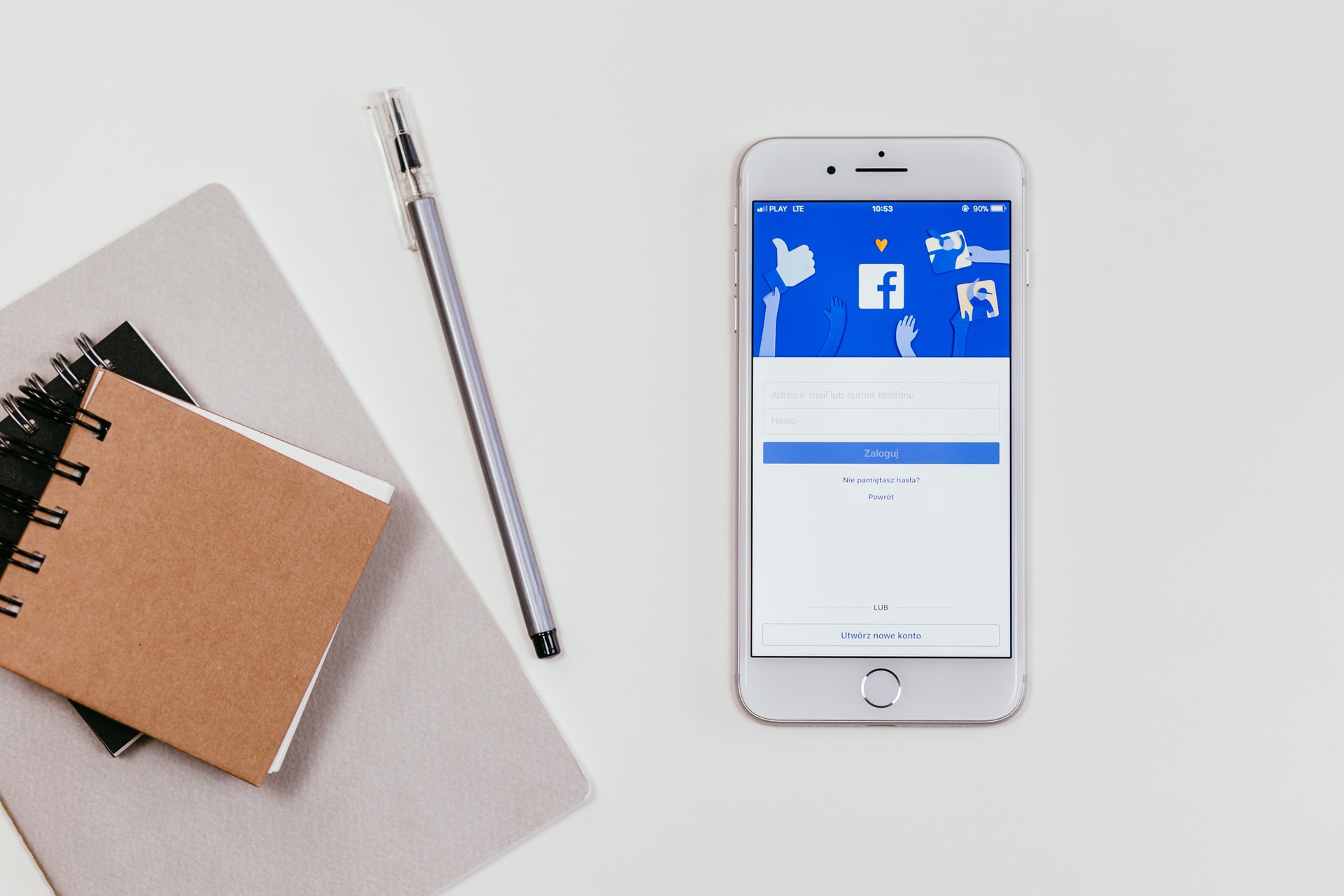
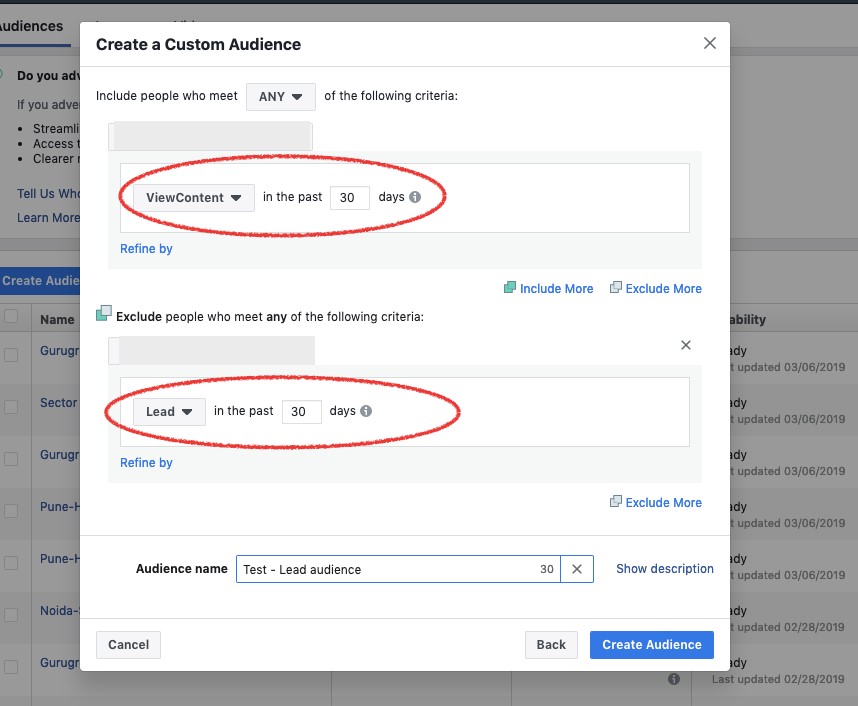
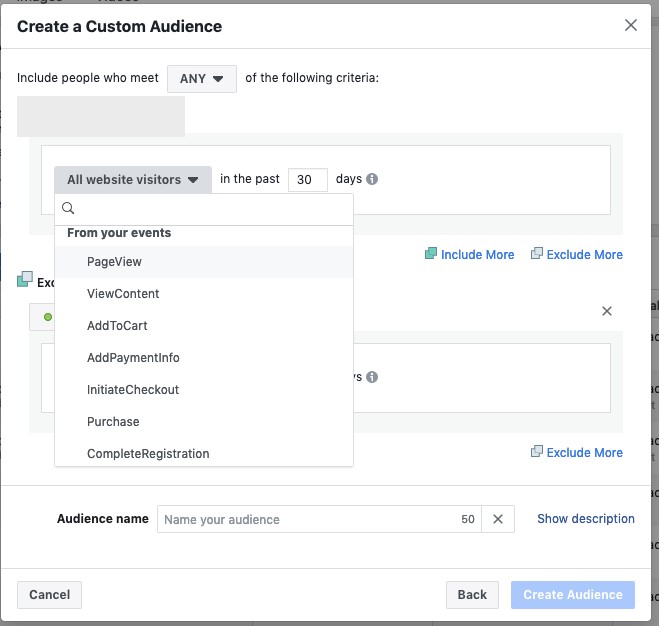
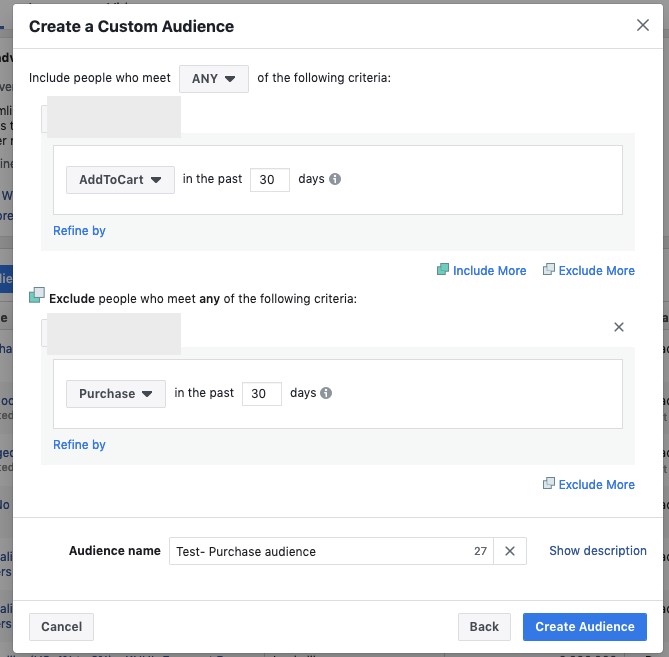
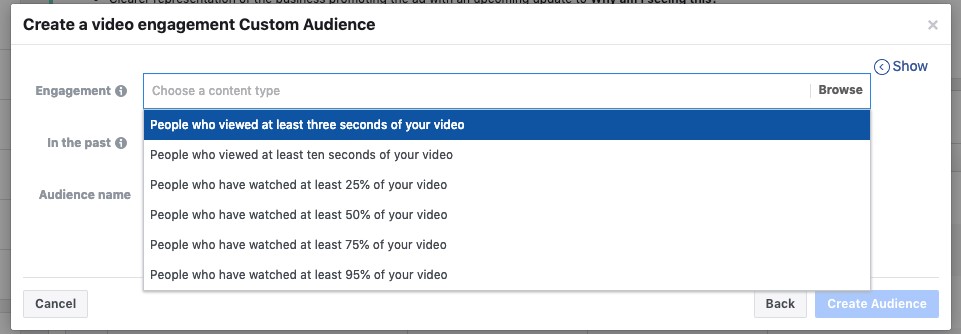
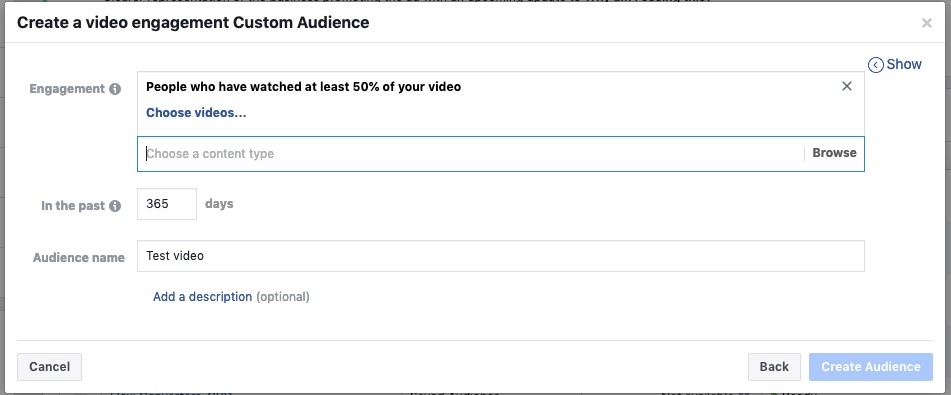
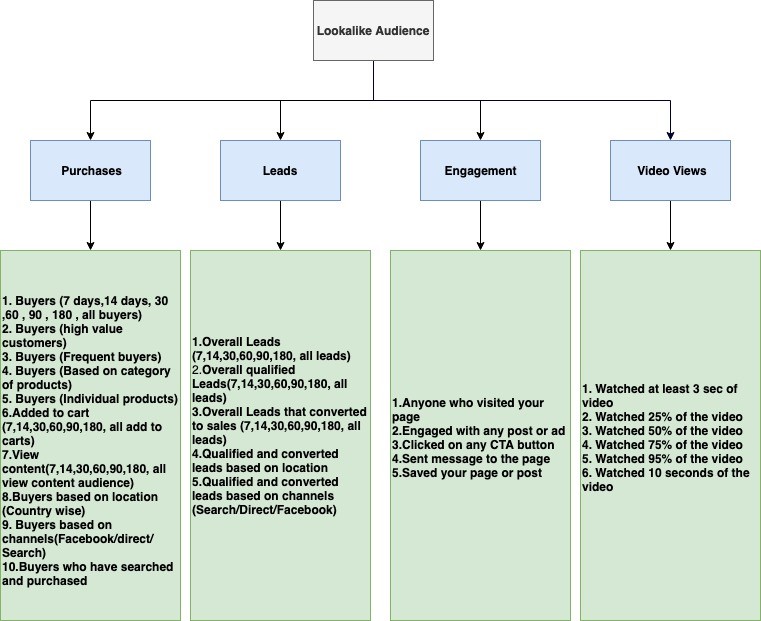
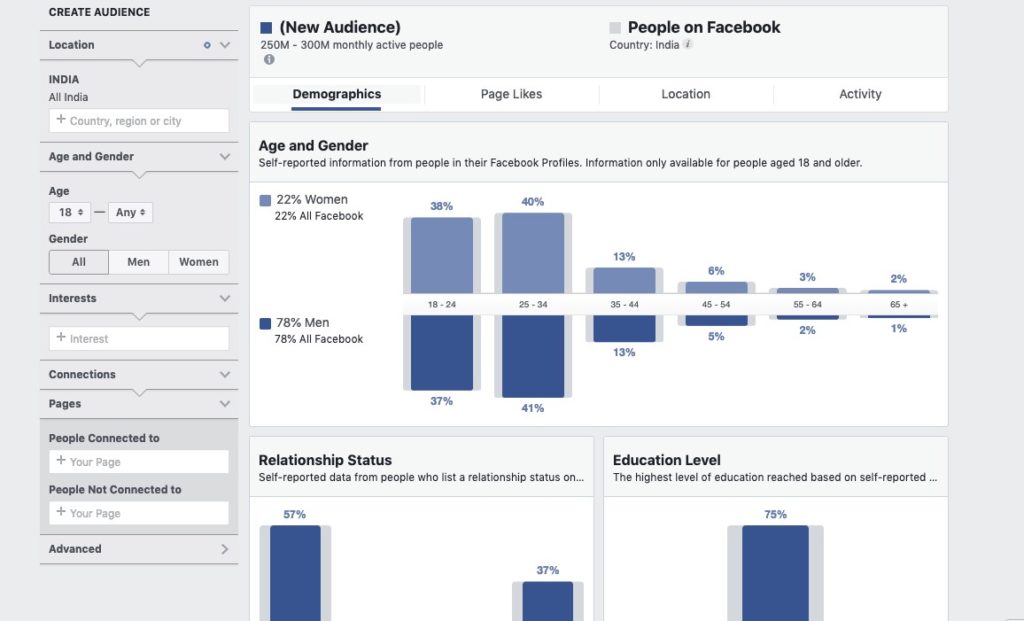
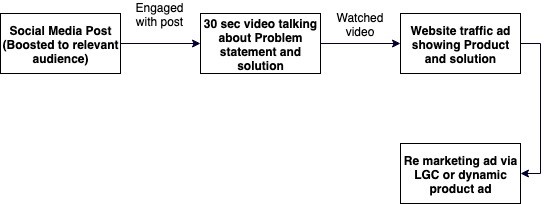
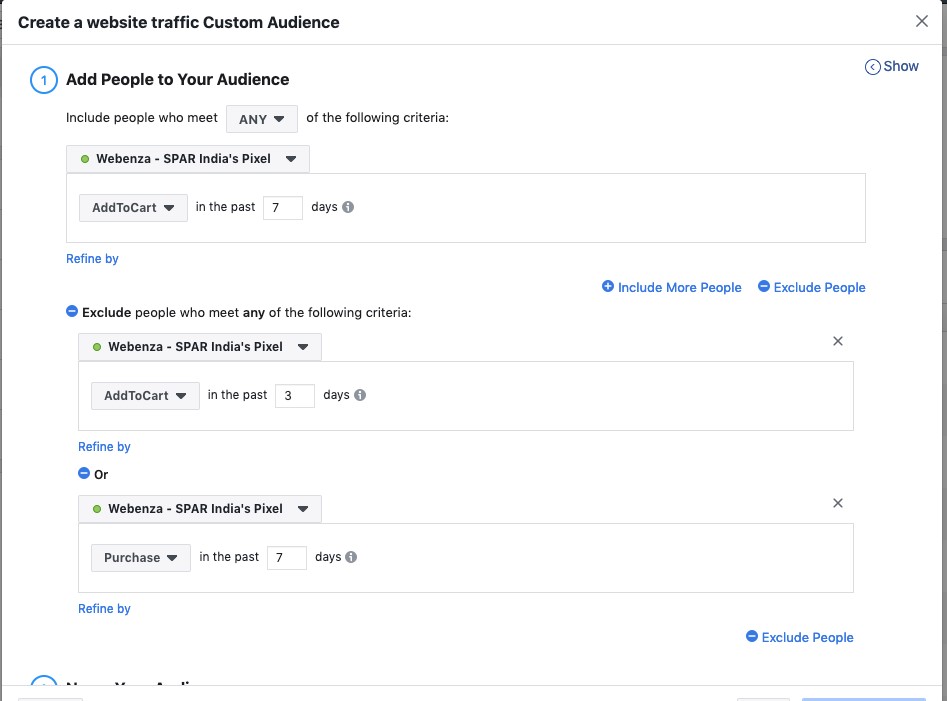
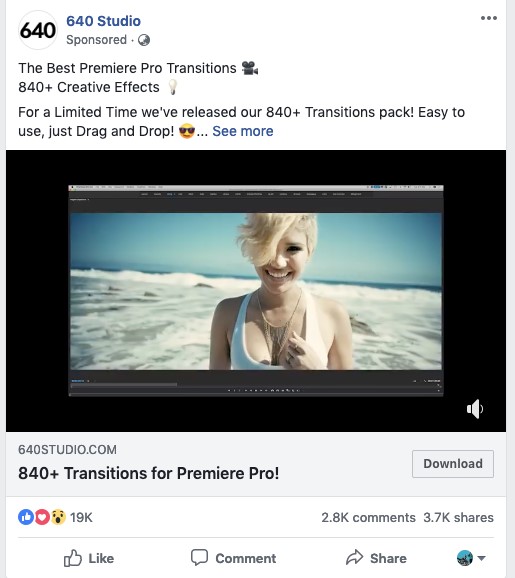
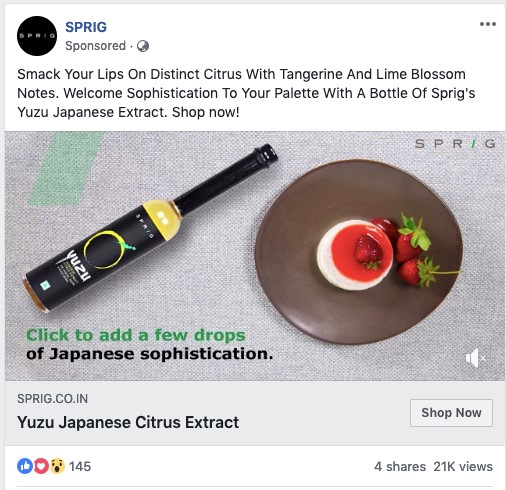
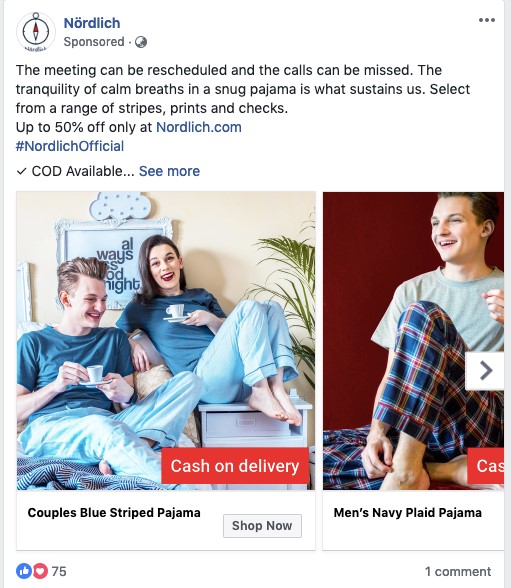
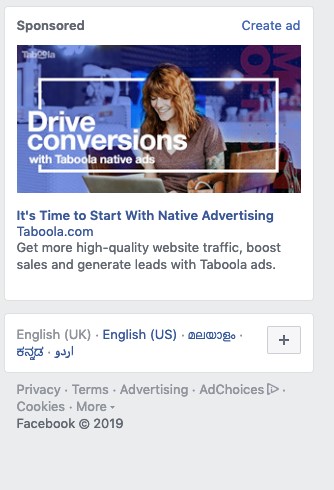
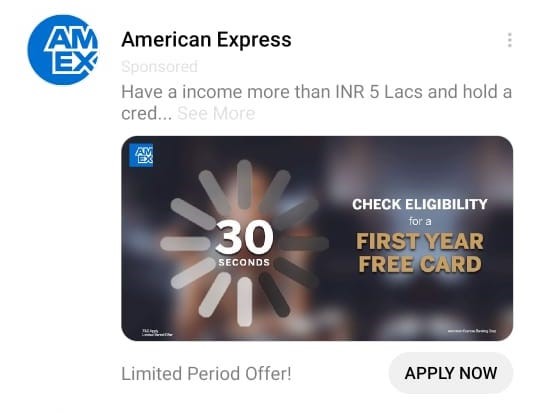
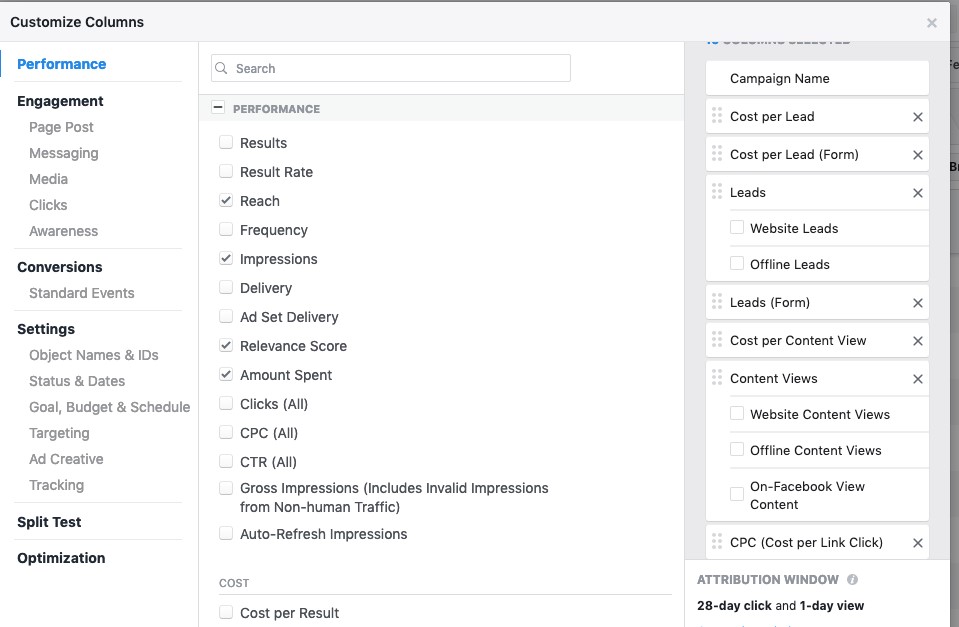
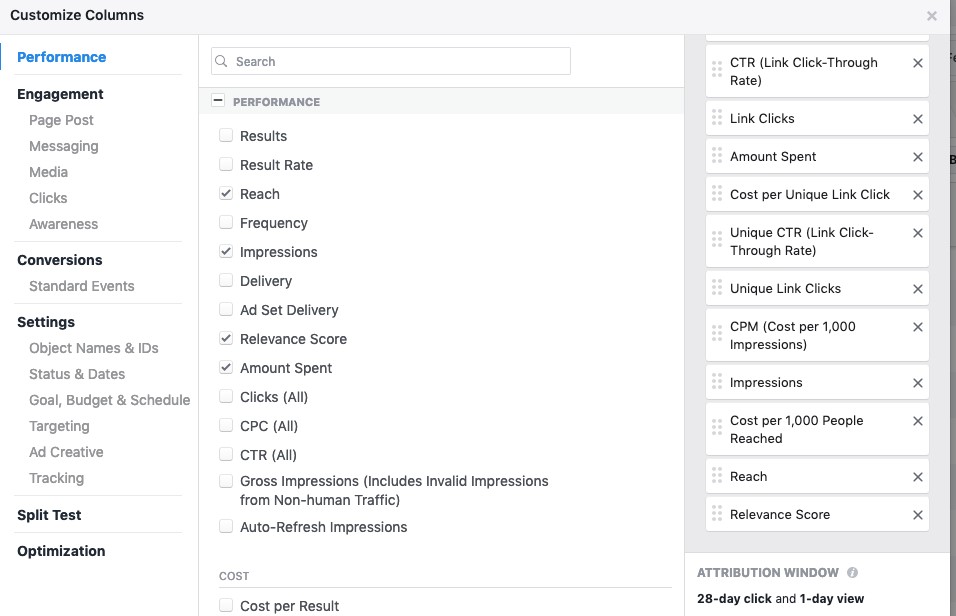
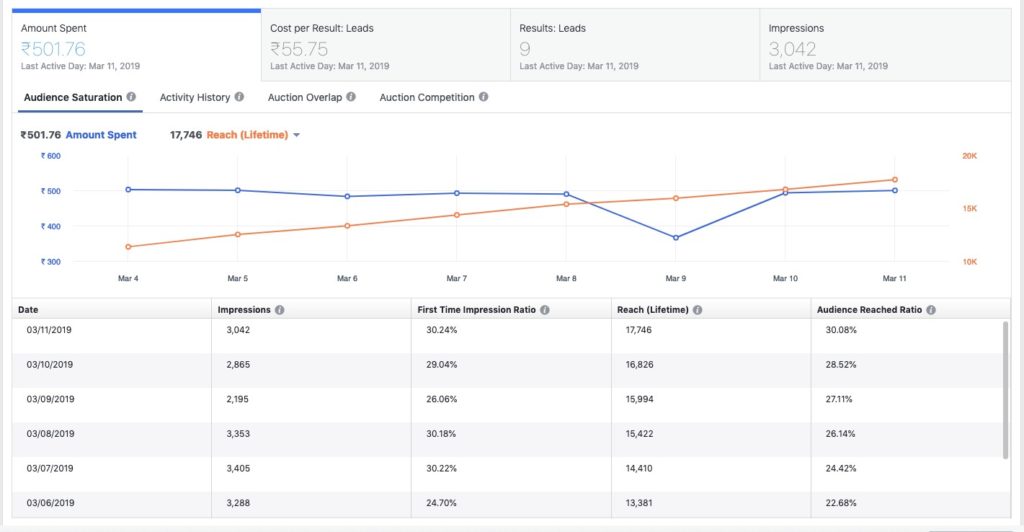
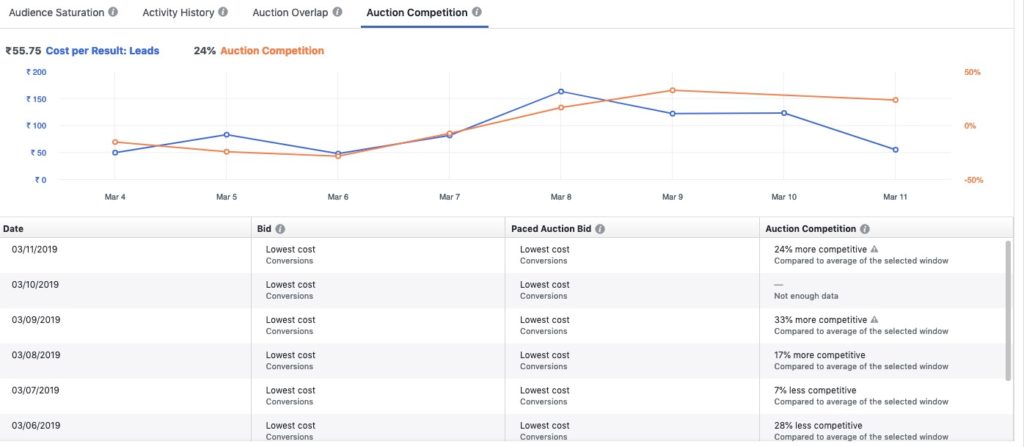


Leave a Reply